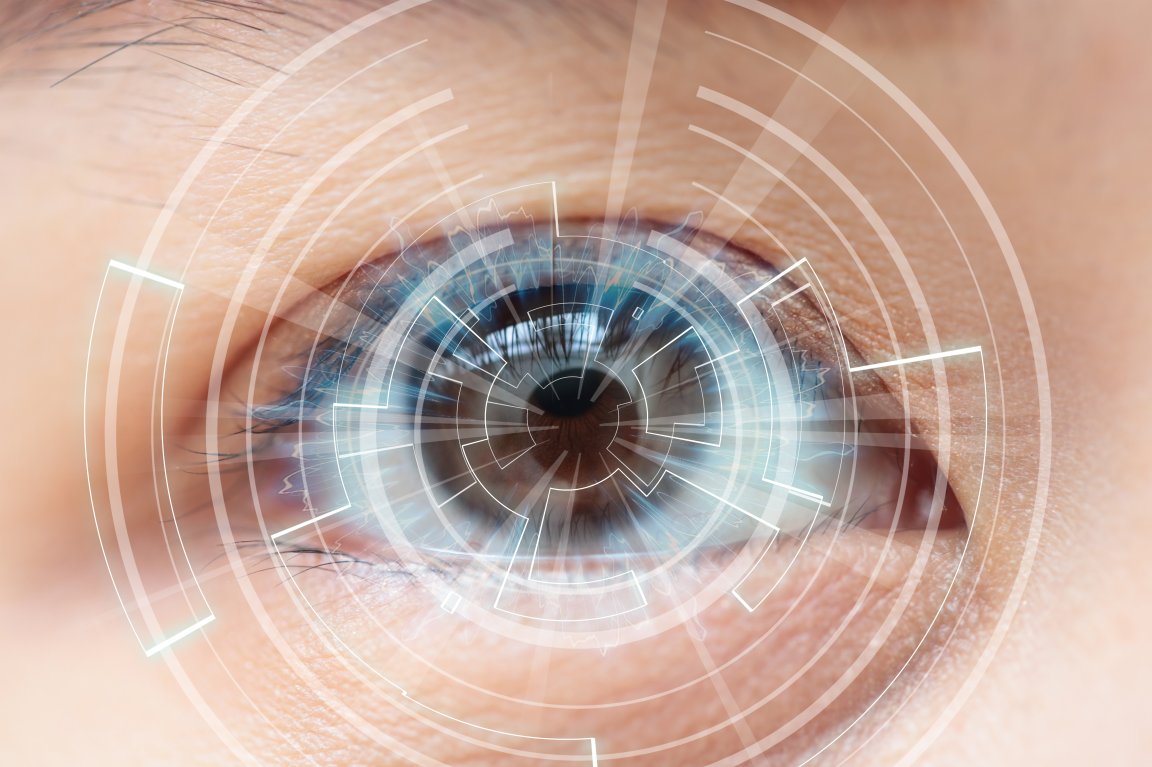
“Smart” Lenses
The concept of a smart contact lens isn’t exactly new. However, many emerging smart lens technologies employ lenses that are both expensive and extremely brittle. They can impair the wearer’s vision or even cause injury, and measuring signals from these lenses often requires bulky equipment. Now, a newly developed smart lens could change all of that.
In a study published in Science Advances, a team of researchers from the Ulsan National Institute of Science and Technology (UNIST) and Sungkyunkwan University detail their research on a lens capable of measuring and monitoring glucose levels in tears. Not only is it softer and more user-friendly than other smart contact lenses, it is also the first soft contact lens to use a display pixel for glucose monitoring.

The team of researchers incorporated three main components into a flexible, transparent nanostructure to create these smart, soft lenses: glucose sensors, wireless power transfer circuits, and display pixels.
The pixels access sensing data in real-time, eliminating the need for external equipment to measure the glucose. The glucose information is displayed through the LED pixel. When the system detects that glucose levels have crossed a certain threshold, the LED pixel in the lens shuts off, alerting the wearer to the concerning level.
So far, the researchers have tested their smart contact lens in a rabbit’s eye, and they say they were able to successfully monitor the animal’s glucose levels wirelessly. They hope the lens could eventually be used to monitor glucose in humans. This could be incredibly useful for people with diabetes, and it could also be used to screen for pre-diabetes, giving patients the upper hand in preventing diabetes and keeping track of their health.
Seeing the Future
This dramatic advance in smart contact lens technology could one day be a standard medical tool, allowing people to take their health into their own hands with comfortable, easy-to-use monitoring abilities.
Besides glucose levels, this type of technology could be extended to monitor other biomarkers, such as blood pressure, body temperature, or cholesterol. These could allow the wearer to work together with their physician to better prevent vascular disease, better understand their risk of stroke, and much more.
Because smart lenses can interact with the wearer’s natural tears, they could one day be used to deliver drugs comfortably and directly.
The potential applications aren’t limited to healthcare, either. The ability to integrate sensors comfortably into a lens could be used to advance virtual and augmented reality technologies.
While quite a few steps remain between testing on rabbits and the release of a usable product for humans, this research puts us closer to a future in which contact lenses are able to transform our lives.